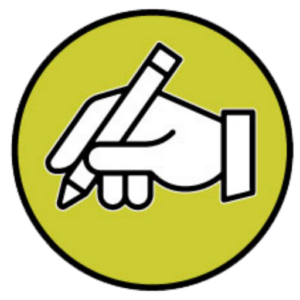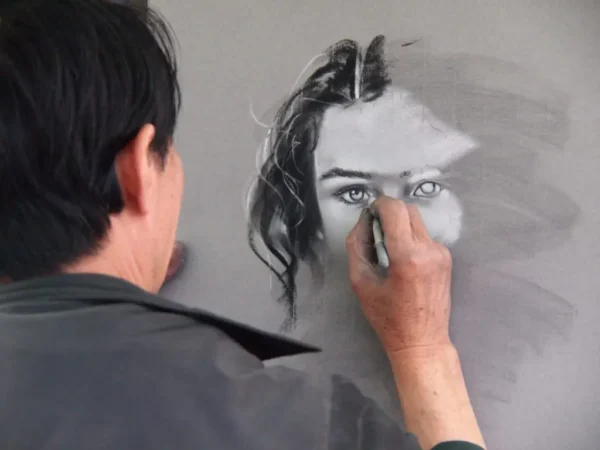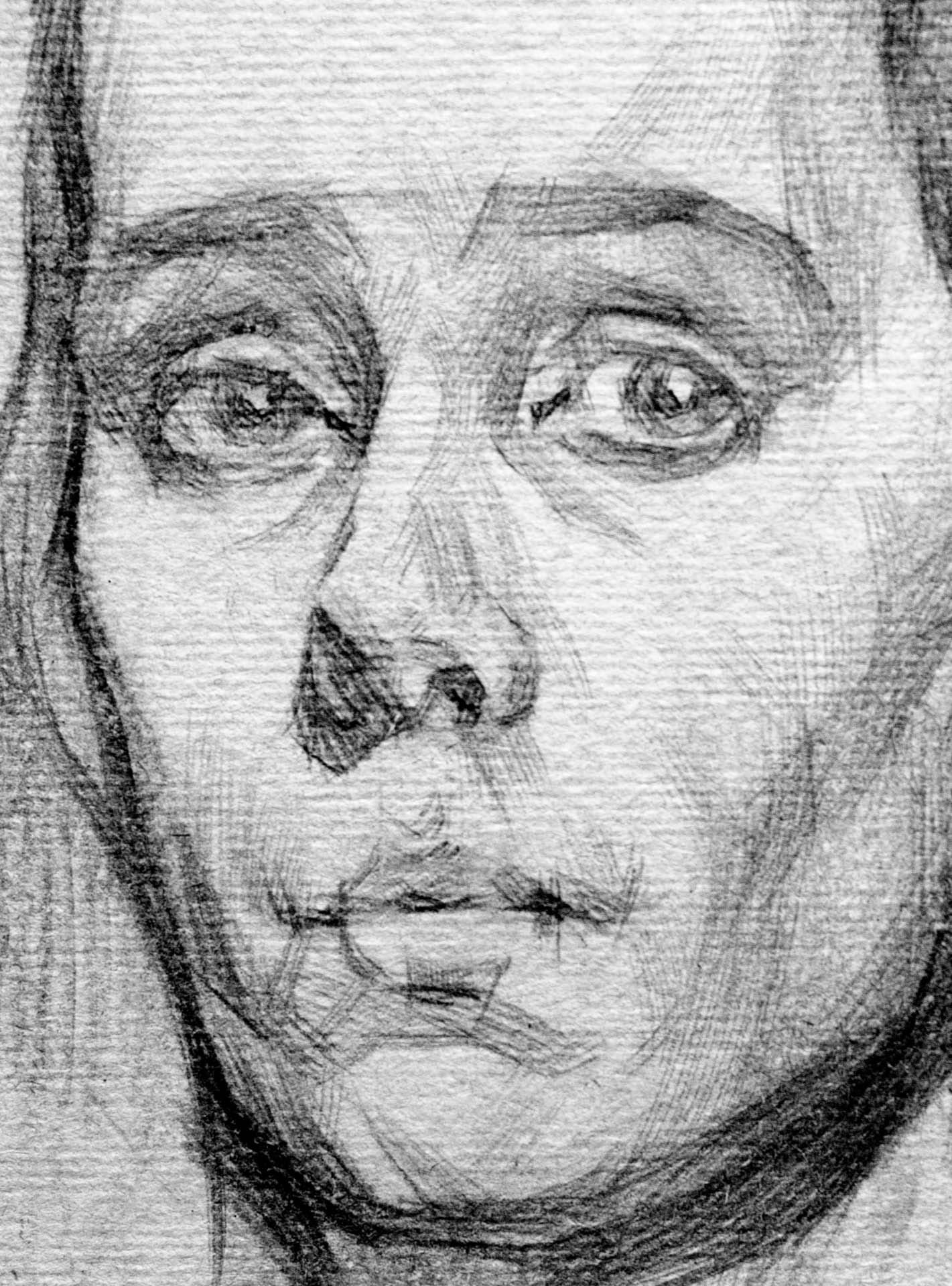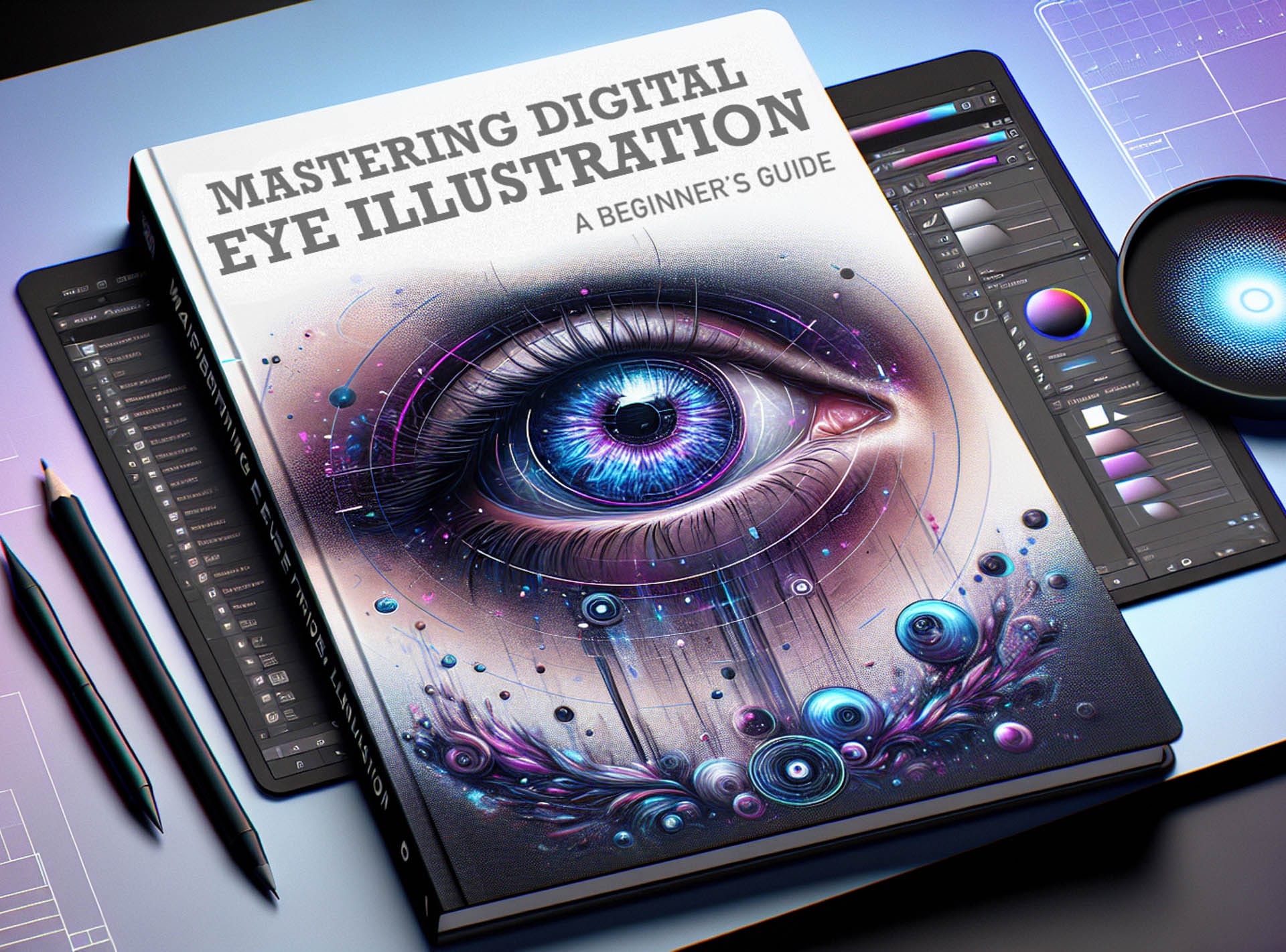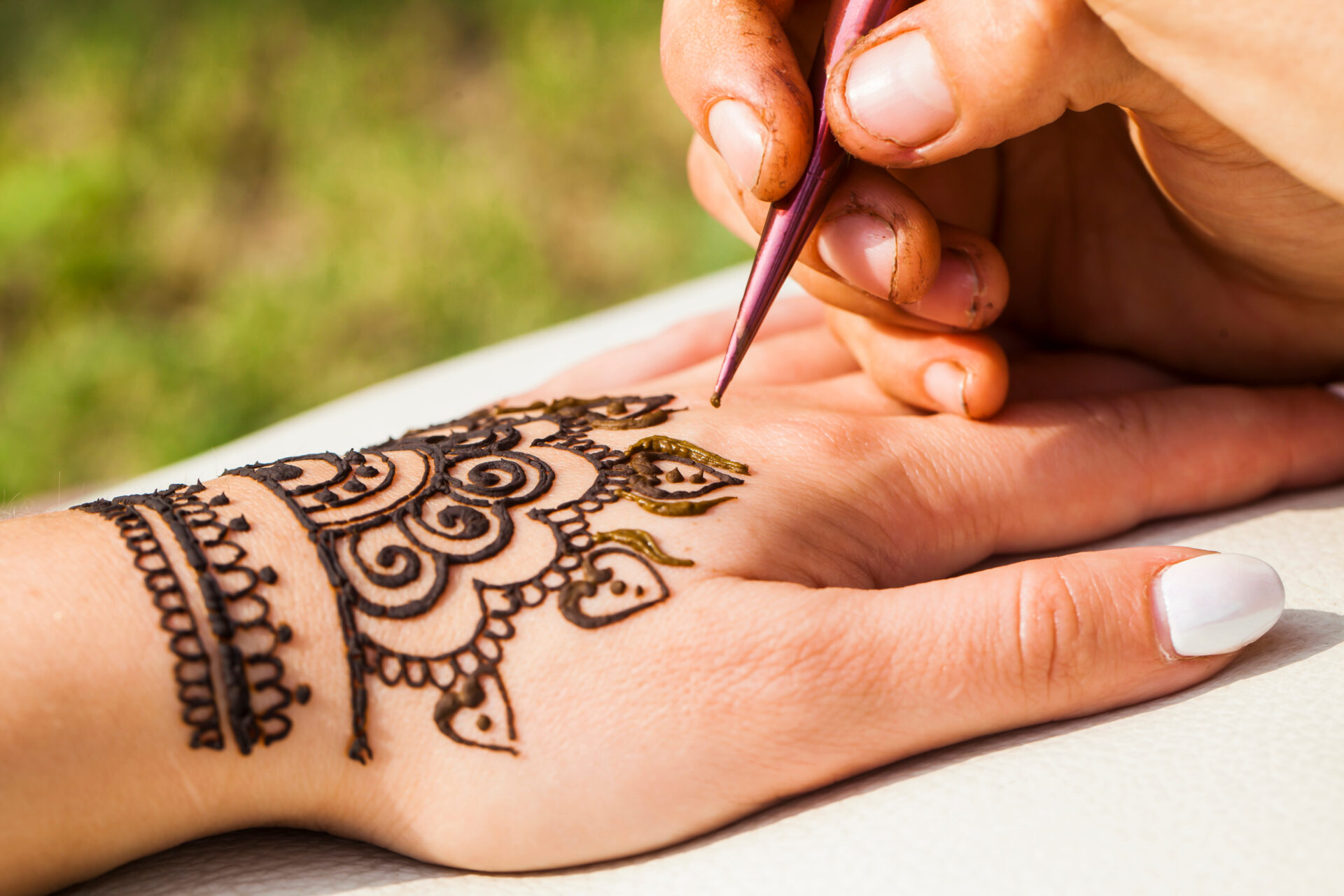The Loomis Method, developed by the accomplished illustrator Andrew Loomis, breaks down the process of drawing the human head into manageable, three-dimensional structural shapes. It enables artists to better understand the relationships between different facial features, thus fostering their ability to draw more realistic and proportional heads.
- 00:41 ? Start drawing the head by simplifying it into two basic masses: a ball for the cranium and a boxy shape for the jaw.
- 01:09 ? The height of the oval representing the side plane of the head remains constant, while the width varies based on the direction the person is looking.
- 02:08 ? Use angles to indicate the up and down tilt of the head, with the brow line serving as a reference point.
- 03:05 ? Establish the foundation of the head by mapping out key landmarks like the chin, nose, brow, and hairline before adding features.
- 04:29 ? Practice repeatedly drawing the head using this method to internalize the process and make it easier over time.
The journey of drawing the human head using the Loomis Method begins with establishing a simplified base— a sphere. This sphere signifies the cranium, the part of the head that houses the brain. To find the correct proportions, envision the head as a perfect circle and draw this on your canvas.
Indicating the Facial Mass
Next, cut off the sphere’s sides to indicate the facial mass. The planes created by this act represent the temples and cheekbones, giving your drawing a more lifelike shape. These flat sides should account for about one-third of the width of the sphere.
Defining the Jawline and Chin
Loomis Method instructs you to draw a circular shape at the bottom of the sphere, similar to an upside-down egg. This shape represents the jawline and chin. Remember that this shape’s size and contour can significantly change the face’s appearance, so adjust it according to the face you are drawing.
Placing the Facial Features
After establishing the general head shape, it’s time to place the facial features. Divide the head into equal thirds, starting from the top of the sphere to the bottom of the chin. The hairline, brow line, base of the nose, and chin should all fall within these divisions. The eyes should be placed halfway down the head, and the mouth should be positioned between the base of the nose and the chin.
Finalizing Your Drawing
With the facial features appropriately placed, the next step is refining these elements and adding details like the hair, ears, and unique characteristics that make the face distinct. Remember, the Loomis Method is a guide, not a strict rulebook. Feel free to adjust and tweak your drawing to create the face you desire.
Conclusion
The Loomis Method provides a reliable roadmap to navigate the complexities of the human head. This methodology allows artists to draw faces with accurate proportions and realistic detail. It’s a method worth learning and mastering to elevate your skills and confidence in drawing the human head.
Mastering the Loomis Method will allow you to draw human heads with precision and empower you to draw from memory and imagination, a skill that will set you apart in the artistic world.
